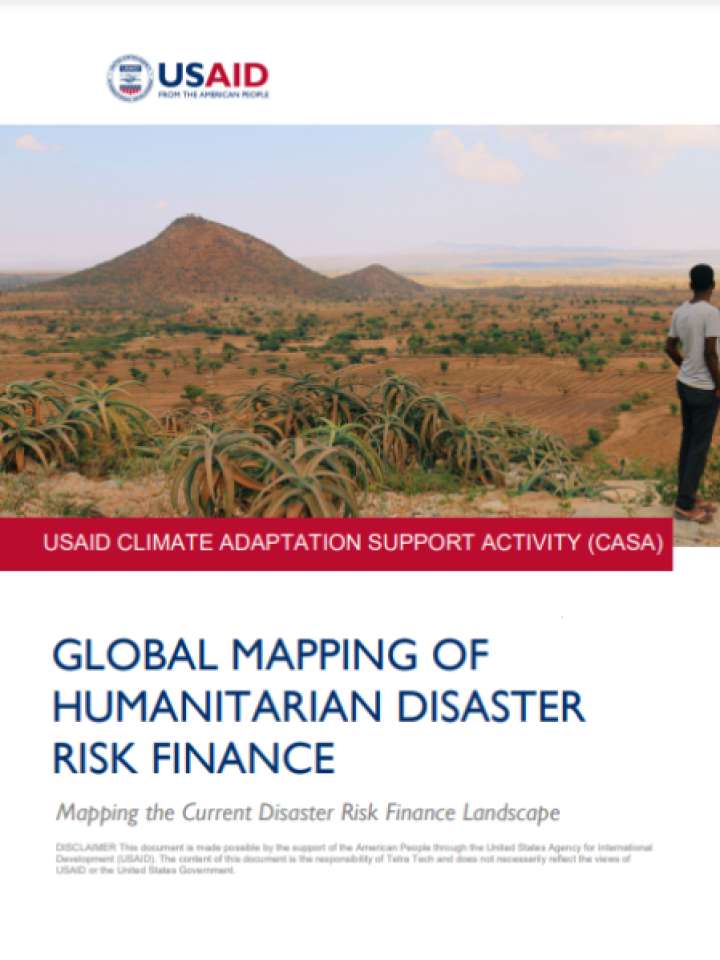Global mapping of humanitarian disaster risk finance: Mapping the current disaster risk finance landscape
For decades the international humanitarian system has been developing and improving financial mechanisms to ensure funding is available for emergency response, preparedness, and supply chain management activities. While the most significant disaster financing mechanisms are managed by large, international humanitarian organizations and donors, recent years have seen the emergence of networked financing approaches led by smaller non-governmental and civil society organizations. In parallel, many national governments are strengthening the policy environments for and their national capabilities in disaster management, including establishing or strengthening national disaster management agencies, contingency funds, and other instruments to pre-arrange finance ahead of future crises. This report seeks to clarify the state of the humanitarian disaster risk finance sector by conducting a detailed mapping of more than 35 different kinds of risk finance instruments and initiatives.
The mechanisms included in this report include principal disaster risk finance mechanisms operated by humanitarian organizations at global, regional, and local levels, a number of mechanisms operated by sovereign governments such as shock-responsive social protection, and at the community level, for example, through microinsurance. For each mechanism, the authors classified them into different typologies and then mapped them against windows of opportunities for enhancing risk-informed humanitarian assistance. This report forms part of a suite of tools developed by the authors to strengthen the humanitarian community's organizational readiness for risk financing, anticipatory, and early action.
Explore further
